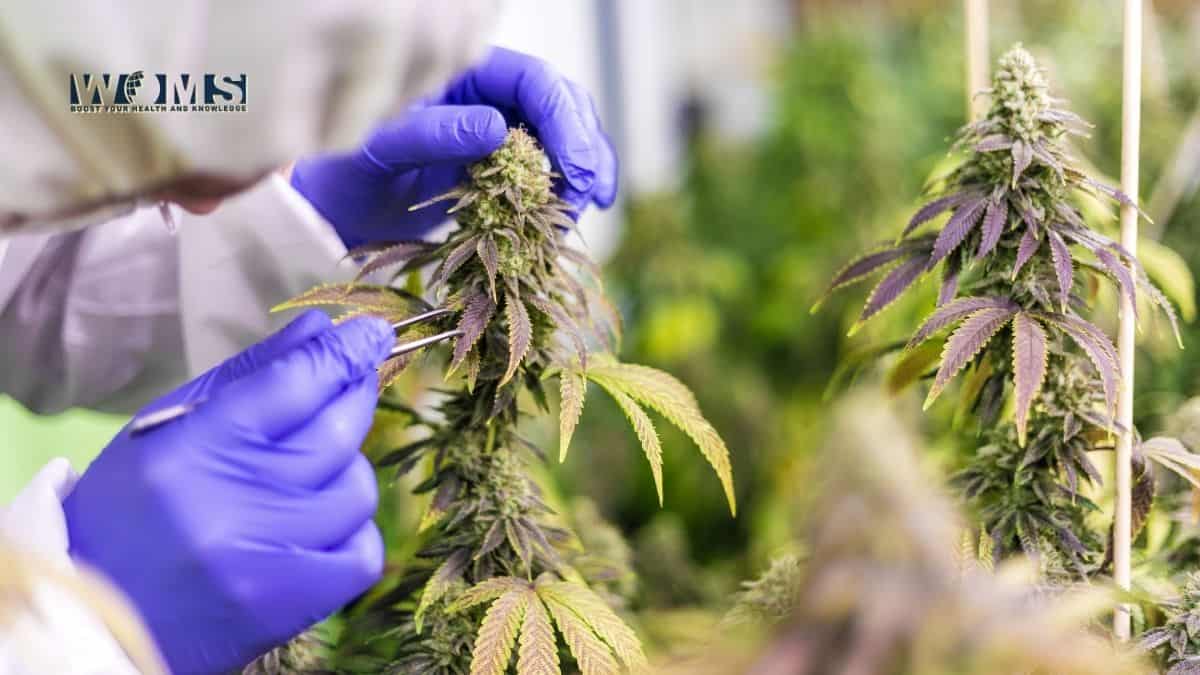The Medicinal Potential of Cannabis: Unraveling Nature’s Green Pharmacy

Cannabis, often associated with recreational use, has gained significant attention in recent years for its medicinal potential. Beyond its psychoactive effects, this versatile plant harbors a treasure trove of therapeutic compounds that can address various medical conditions. In this article, we delve into the burgeoning field of medical cannabis, exploring its promising applications and the evolving landscape of cannabis-based treatments.
A Historical Perspective
The medicinal use of cannabis is deeply rooted in human history, spanning thousands of years. Ancient civilizations, including the Egyptians, Chinese, and Greeks, recognized and harnessed its remarkable healing properties. In these early societies, cannabis was employed as a versatile remedy for a wide array of ailments.
During the 19th and early 20th centuries in the United States, cannabis held a prominent place in medicine. It was a common ingredient in over-the-counter remedies and tinctures, with physicians and pharmacists frequently prescribing it to address various medical conditions. This historical perspective highlights the enduring legacy of cannabis as a therapeutic agent throughout the ages.
The Compounds Behind the Magic
Cannabis owes its medicinal potential to a complex interplay of compounds, notably cannabinoids and terpenes. The two most well-known cannabinoids are tetrahydrocannabinol (THC) and cannabidiol (CBD). While THC is responsible for the plant’s psychoactive effects, CBD offers therapeutic benefits without the high.
Beyond THC and CBD, there are over a hundred other cannabinoids that contribute to the plant’s medicinal properties. Each cannabinoid interacts with the endocannabinoid system, a complex network of receptors in the human body, influencing various physiological processes.
Terpenes, aromatic compounds found in cannabis and other plants, further enhance the medicinal potential by providing distinct flavors and scents. More importantly, terpenes can modulate the effects of cannabinoids, contributing to the unique therapeutic profile of each cannabis strain.
Treating a Range of Conditions
Medical cannabis is increasingly recognized for its efficacy in treating a multitude of medical conditions, including but not limited to:
1. Chronic Pain: Cannabis has shown promise in alleviating chronic pain, making it a valuable alternative for individuals seeking relief from conditions like arthritis, neuropathy, and fibromyalgia.The advantage of cannabis lies not only in its potential to alleviate pain but also in its relatively low risk of addiction compared to opioid-based pain medications. However, it’s crucial for individuals considering cannabis as a pain management option to do so under the guidance of a qualified healthcare professional who can provide personalized recommendations and monitor its effects.
2. Epilepsy: CBD, in particular, has garnered attention for its ability to reduce seizures in individuals with epilepsy, leading to the approval of Epidiolex, a CBD-based medication, by the FDA.This medication has brought newfound hope and relief to countless epilepsy patients.
3. Multiple Sclerosis:Multiple Sclerosis (MS) is a complex neurological condition often presenting individuals with challenges such as muscle spasticity and chronic pain. Cannabis has emerged as a promising option for managing these symptoms effectively. By interacting with the endocannabinoid system in the body, cannabinoids found in cannabis can help alleviate muscle spasticity, reduce pain, and improve the overall quality of life for individuals living with MS.
4. Anxiety and Depression: CBD, a non-psychoactive compound, holds promise in reducing anxiety and depression by interacting with receptors in the brain associated with mood regulation. While ongoing research seeks to unlock the full potential of CBD in mental health treatment, early findings indicate that it may offer a natural and alternative approach to managing these challenging conditions.
5. Nausea and Vomiting: For many years, cannabis has been a trusted remedy for countering nausea and vomiting, especially among cancer patients enduring the challenging ordeal of chemotherapy. Its antiemetic properties have provided comfort and relief to individuals grappling with the debilitating side effects of this treatment, allowing them to tolerate the therapy better and maintain a higher quality of life during a difficult period.
The Legal Landscape
The legal status of cannabis is a complex and diverse landscape that varies widely across the globe. While some countries and states have fully embraced its medical potential and legalized its use for medical purposes, others maintain strict prohibitions or stringent regulations. Internationally, several countries have adopted progressive approaches to medical cannabis. Canada, for example, legalized both medical and recreational cannabis, allowing patients to access medical marijuana through authorized channels. Israel has been a pioneer in cannabis research, contributing significantly to our understanding of its medical applications. In the UK, medicinal cannabis is allowed on prescription, and patients have a cannabis card with their details on it to protect themselves legally. In contrast, many countries maintain strict anti-cannabis laws, making its medical use illegal and subject to criminal penalties. These nations often cite concerns about potential abuse, addiction, and the need for further research as reasons for their prohibitive stance.
The evolving legal landscape reflects the ongoing debate and shifting attitudes toward cannabis. Scientific research continues to uncover its therapeutic benefits, leading to increased acceptance in medical circles. However, the lack of uniformity in regulations poses challenges for patients seeking access to medical cannabis and for healthcare professionals navigating this complex terrain.
As the scientific community gathers more evidence about the medical potential of cannabis and the safety of its use, it is likely that more countries and states will reevaluate and reform their cannabis policies. The ultimate goal is to strike a balance between ensuring access to effective treatments for patients and addressing concerns about misuse and public health. This ongoing evolution underscores the importance of staying informed about the specific regulations and legal status of cannabis in one’s own region.
The Importance of Research
The expanding interest in medical cannabis has spurred a growing body of scientific research. Researchers are conducting clinical trials to understand better its efficacy, dosing, and potential side effects. While promising, the field of medical cannabis still lacks comprehensive, long-term studies on its safety and effectiveness.
Access and Education
Access to medical cannabis can be challenging for many individuals due to legal restrictions, stigma, and lack of healthcare provider education. As the landscape evolves, efforts are underway to increase access and educate both healthcare professionals and the general public about the responsible and effective use of medical cannabis.
Conclusion
The medicinal potential of cannabis is an exciting frontier in modern medicine. While it offers promising relief for various medical conditions, its journey from prohibition to acceptance is ongoing. As we continue to uncover the therapeutic properties of this remarkable plant, it’s crucial to approach its use with caution, informed by rigorous research and guided by responsible medical supervision. In time, medical cannabis may take its place as a valuable tool in the ever-expanding toolkit of healthcare options, offering relief and hope to those in need.




